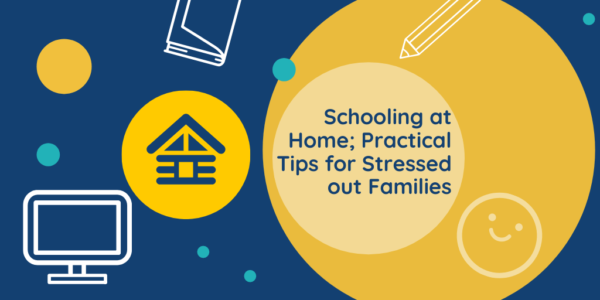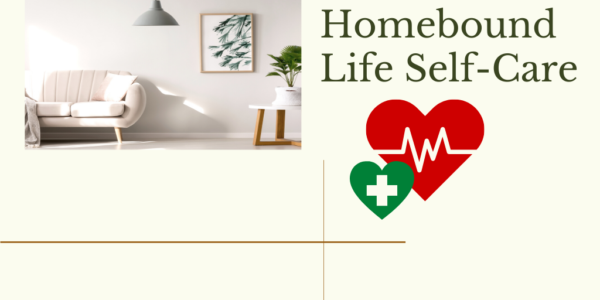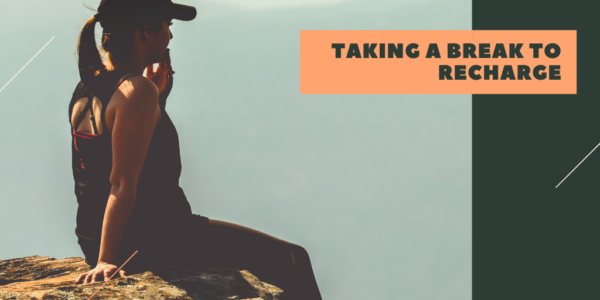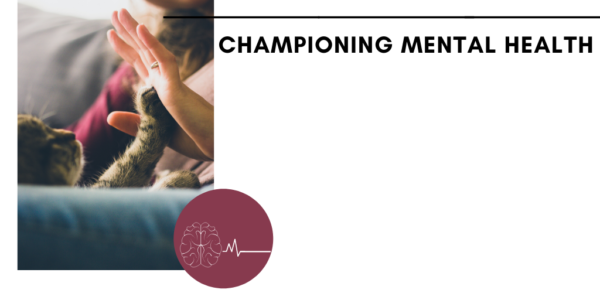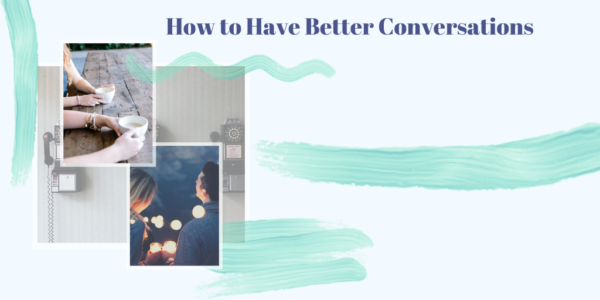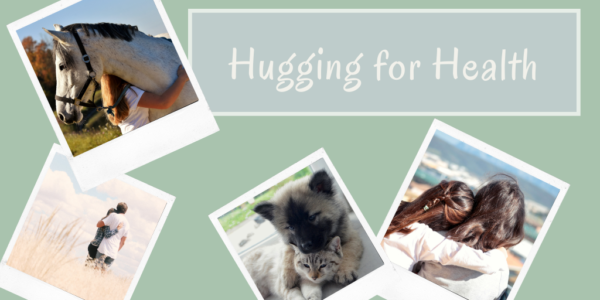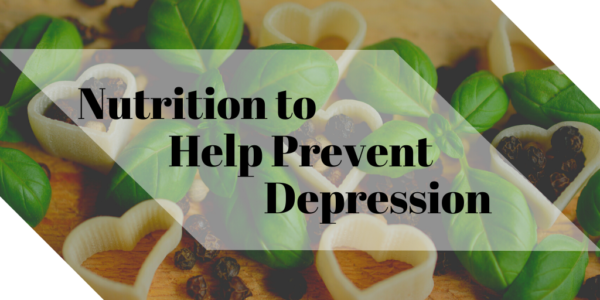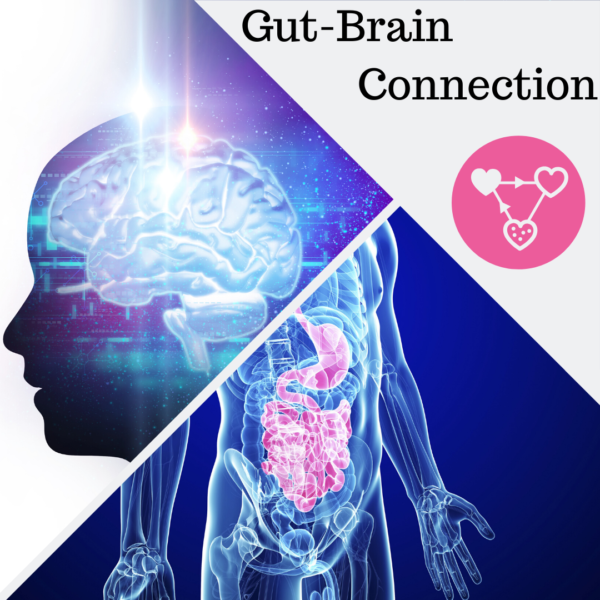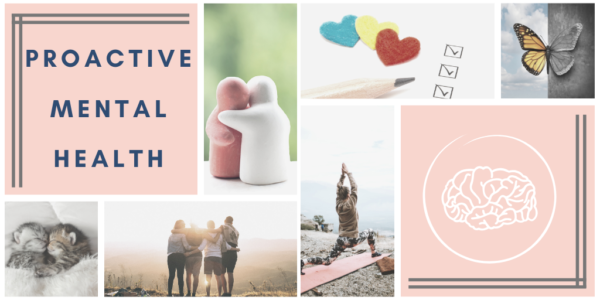

We have officially begun the first week of homeschool for our kids as many of us are homebound and practicing health and safety routines for ourselves and our communities. We at Unified Caring Association (UCA) have been receiving questions about how to set up a routine for schooling at home. With some research we have come up with a few ideas that can help grow caring children and create a thriving educational environment at home.
Two Tips for Getting Set Up

One of the first challenges that can occur is the task of explaining to our kids about the coronavirus pandemic. This can be a bit difficult at times because there is some uncertainty about how long each school district is closing. It is important that we practice taking a deep breath to help us be center while calmly speaking with our kids. “The easiest rule of thumb is to try to be direct and honest and brief.” (Mathew Cruger)
The second tip is to set up new routines and goals. These routines do not have to be perfect off the bat. An example of a good place to start isa morning routine. In the morning, everyone wakes up at a reasonable hour, eats nutritious breakfast, brushes their hair and teeth, and gets dressed for the day. Another idea is to block out time for physical activity in the day, like a mock-recess. (Bonus points for joining in on the physical activity to help reduce your stress and boost your physical health!) If you need an example, check out fitness instructor Joe Wicks video series, P.E. with Joe. Each video is a daily 30-minute workout that kids can do at home.
Also, when setting up your new daily routine, it is important to set aside quality time with your family. This time requires you to put away other responsibilities in an effort to focus on playing with members of your family. A suggestion on LiveScience for “when you need to do another task, [is to] stay nearby and tell the child to play by themselves, but to let you know if they need help.” Sometimes we can have family bonding time through doing chores. Most of us have that moment of groaning when we think about dusting and mopping, but it can become a fun family activity. Try cranking up the tunes to boogie as you clean. Or have a relay race for who can fold the most laundry in 2 minutes!
Schedules are important to help kids understand what life will look like day-to-day, reducing stress and confusion. Additionally, a routine helps with student success for kids that still have school work to turn into their teachers remotely during the school closure.
Educational Materials For Homebound Kids

There are so many resources for keeping your kids’ education at its top game. Recently, many educational foundations and organizations have released tools and activities that are great for the brain while we are schooling our children at home. Some of these resources are available for free. K- 12 kids activities can be found on Kids Activities Blog where dozens of activities and educational materials.Other educational resources for schooling at home, such as audiobooks, e-books, videos, multimedia materials, are also available on the Open Culture website, like Google Learn at Home for example.
Scholastic Learn at Home has daily lessons in a variety of formats: videos, stories and prompts for drawing and writing activities. These are lessons that are great for grade levels pre-K to 6th grade and up.
“Khan Academy, a free online learning resource offering lessons, exercises and quizzes, has daily schedules for organizing at-home learning for students ages 4 to 18 years.” (LiveScience Kids Activities) On weekdays, this academy offers livestreams on Facebook, YouTube and Twitter to help parents and educators best utilize the website’s tools and resources while schooling at home.
Speaking of Youtube, there is a channel called Crash Course that offers engaging educational videos on a wide range of subjects that are great for high school students.
PBS KIDS and PBS LearningMedia are showing their support as well by offering tools to help support learning at home. Some of these tools include educational videos and games from favorite series, as well as related skill-building offline activities that will help us grow caring children while running their education home.
Virtual Museums

We are completely into this next topic; virtual field trips! Recently penguins touring Chicago’s Shedd Aquarium took Twitter by storm! Now we can join in on the fun by taking a virtual tour of more than 2,500 museums around the world. These museums have made their collections accessible online through Google Arts and Culture. Additionally, we can get an outdoors feel by accessing virtual tours of national parks in the U.S.
If we are looking at specific museums, The American Museum of Natural History in New York City offers all ages online learning materials that are perfect for schooling at home. We took a look at their Ology science website, and it has games and activities in a range of science topics like archaeology, astronomy, and marine biology.
The Smithsonian National Air and Space Museum has a tour too! The Air and Space Anywhere webpage provides virtual tours of the museum, educational podcasts, games and activities that are all about aircraft and spacecraft. This is a great way to get some STEM (science, technology, engineering, and mathematics) lessons, activities and videos on topics, like flight and space.
Science!
Craving more science in your family’s life? (Bill Nye the Science Guy would be pleased as punch!) We found out that the California Science Center is livestreaming “Stuck at Home Science” Every weekday at 10 a.m. PDT. This is a new video series of science activities you can do at home.

Miami’s Frost Science Museum is helping out with remote science activities as well. Frost Science@Home helps curious and inquisitive minds plenty to do with fun science activities and DIY science experiments.
Nova Labs at PBS has sciences for teens! These virtual science educational experiences come together through multimedia experiences that combine video, animation and games to delve into fascinating scientific topics. Teens learn about hot topics like polar ecosystems, solar storms and renewable energy to get your teens brains engaged and ready to help bring more caring into our communities.
NASA also has Teachable Moments for K-12th grade. This brings NASA to your home by connecting homes with resources for investigating the latest discoveries about our universe. To add to this, NASA’s Kennedy Space Center Visitor Complex is another source of free online content. When visiting the website, digital educators share live videos that pair with hands-on activities. These activities use materials that can be found at almost any home. Two examples of topics are living in space and on Mars, as well as basic rocketry.
For our kids that are ready for more and complex sciences, Physics Classroom is a great resource for beginning physics students. There are teacher toolkits for parents who are now learning how to be teachers. These toolkits supplement the site’s online lessons with videos, animations, simulations and exercises to give a full classroom experience.
Want to have a family Q&A with a scientist? Sign up at Skype a Scientist and get matched with an expert. This expert will live Skype chat with your family about real scientific research.
With all of the remote education and being homebound, we are craving some connection! stemCONNECT is a great answer that uses video conferencing to bring together students and experts in STEM industries. Also, the site has a free video library. This library contains Florida-based STEM experts to help with your child’s understanding of practical applications of a STEM career.
Creative & Fun

We have talked a lot about sciences and logical education resources. Now we get to flip to the other side of the brain. Ready to run some fun and creative activities at home? Creativity is a huge part of learning and having a fulfilling life adventure. Much like our Caring Coloring Contest, organizations are bringing to homes creative education as well!
Teaching the value of mindfulness to your kids can be a creative and interactive activity too! Monterey Bay Aquarium hosts “MeditOcean.” Help build your kids resiliency with a soothing guided meditation video featuring several aquarium jellyfish.
If your children need a more hands-on activity, they can hone their artistic side with artist and writer Mo Willems. Williams is hosting Lunch Doodles video sessions weekdays at 1 pm EDT. These sessions have an activity page reflecting the doodle session. If you happen to have a 3D printer, access to blueprints of digital 3D models from NASA. It can be fun and educational to print and construct miniature models of satellites, asteroids, spacecraft, and more!
Add a little ancient history and anthropology to the schooling at home curriculum with the Royal Ontario Museum in Canada. Kids in 3rd-12th grade can learn to write their names in ancient Egyptian hieroglyphs with a step-by-step guide. If they get really good they can write a whole story for you!
Is reading and storytime built into your kids’ education at home? There are variety of videos where celebrities and professionals in multiple industries read books aloud. It can be a thrill to watch and listen to Story Time from Space. Listen to stories sent to the International Space Station (ISS). These stories are read aloud by astronauts as they orbit far above Earth.


